Asia’s tropical climate gives rise to an incredible lineup of fruits—some you may have never seen, let alone tasted. From sweet and juicy to tart and complex, these fruits aren’t just snacks—they’re part of daily life in local markets, street stalls, and seaside cafés. And when you’re traveling through this part of the world, trying them fresh is a must.
Here is a list of 15 refreshing tropical fruits worth tasting on your next Asian adventure.
Mangosteen
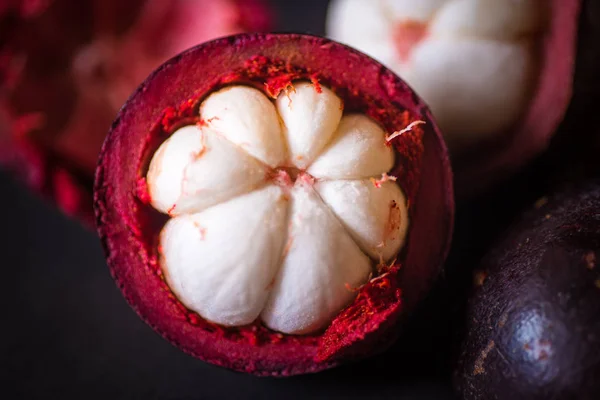
Nicknamed the ‘queen of fruits’, mangosteen has a thick purple shell and soft, white wedges inside. It’s juicy with a sweet-tart flavor that sits somewhere between a peach and a citrus fruit.
You’ll often find them chilled at local markets across Thailand, Vietnam, and Malaysia. Perfect for cooling off on a hot afternoon.
Durian
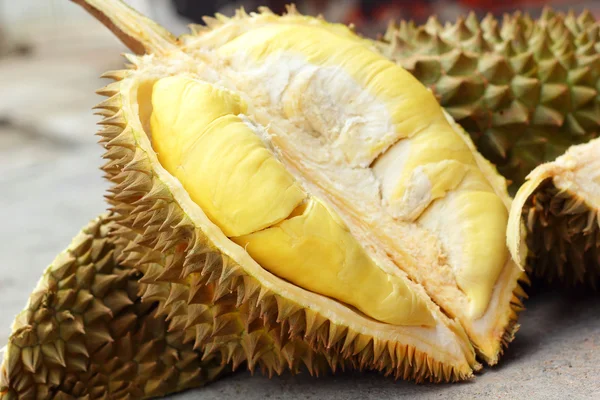
Durian’s smell is intense, but if you can get past that, the flavor is surprisingly rich. Its creamy texture and mildly sweet taste reminds some people of custard.
Common in Malaysia and Indonesia, it’s often sold fresh or packed into desserts. Locals love it—travelers either fall in love or swear it off forever.
Like Travel Pug’s content? Follow us on MSN.
Rambutan
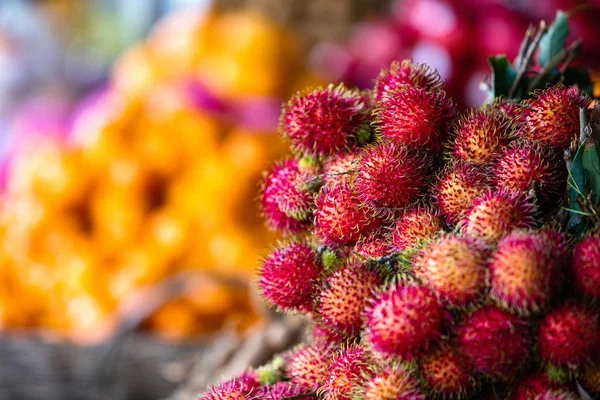
Covered in soft red spines, rambutan looks like it belongs on another planet. Crack one open, though, and you’ll find a juicy, translucent fruit with a lightly tangy bite.
It grows in clusters and is sold everywhere from roadside stalls to supermarket bins in Indonesia and Thailand.
Dragon Fruit
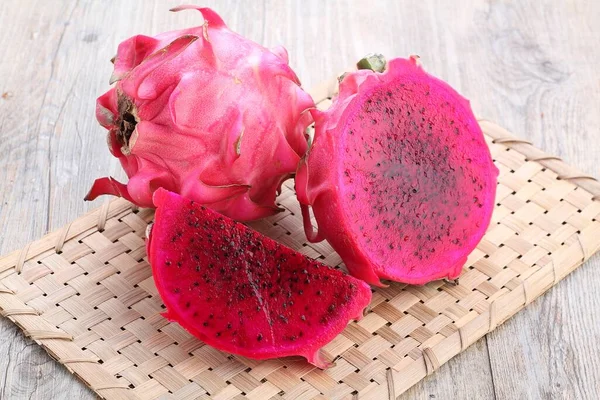
With bright pink skin and speckled flesh, dragon fruit catches your eye right away. Its flavor is mild—think of a lightly sweet kiwi with a softer texture.
It’s grown in Vietnam, Thailand, and the Philippines, and is usually served cold, especially in fruit salads or smoothie bowls.
Langsat
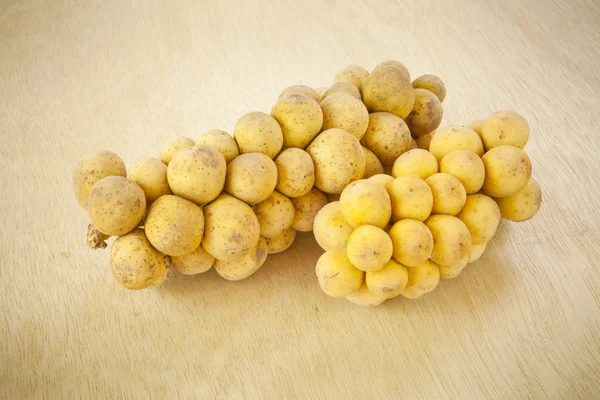
Langsat may be small, but it packs a punch of flavor. Once peeled, its segments are soft and slightly sweet with a gentle bite of acidity.
It’s native to parts of Malaysia and Thailand and usually sold in bunches, especially during the rainy season when it’s in peak supply.
Like Travel Pug’s content? Follow us on MSN.
Salak
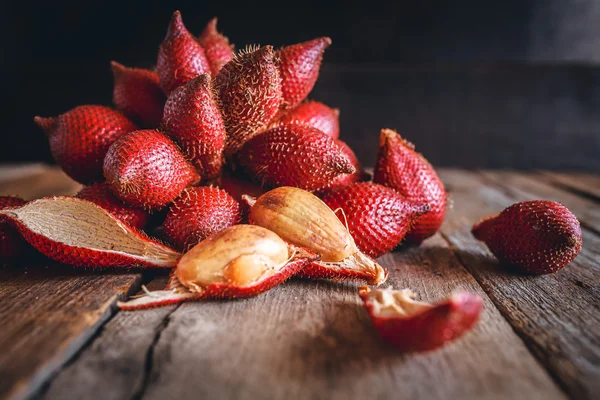
Also known as snake fruit, salak has a scaly, reddish skin and firm, crunchy flesh. The taste is a unique mix—sweet, sour, and just a little nutty.
It’s a popular snack in Bali and Java, often sold with a chili-sugar mix that gives it a spicy kick.
Jackfruit
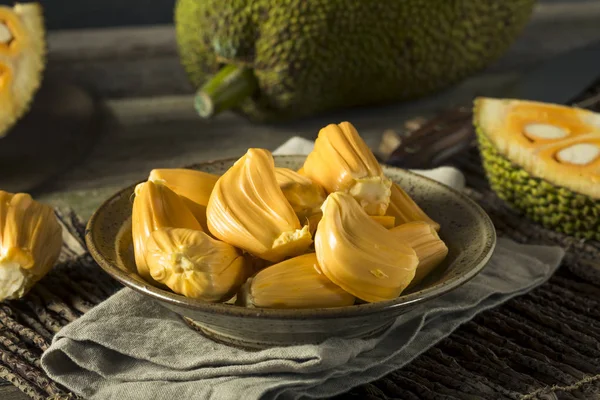
This giant fruit can weigh up to 80 pounds and has a scent that lingers. Its golden pods are sweet and chewy, often eaten raw or mixed into desserts.
In places like India and Sri Lanka, the unripe version is used in savory dishes, appearing in stews and curries.
Lychee
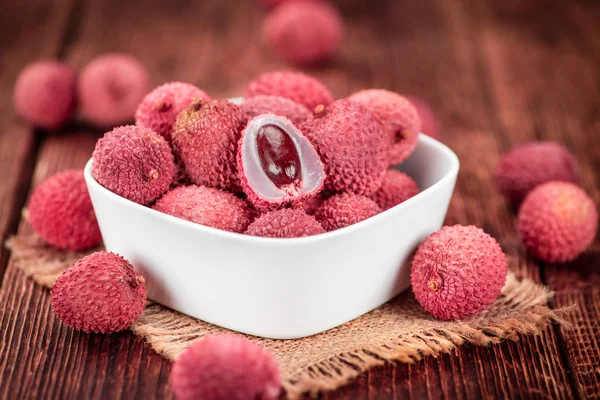
Lychees have a thin, bumpy skin that peels away easily to reveal juicy, translucent flesh. Their flavor is floral, almost like a grape with a hint of rose.
Common in China, Thailand, and northern Vietnam, they’re often eaten fresh, added to drinks, or used to make syrupy treats.
Like Travel Pug’s content? Follow us on MSN.
Starfruit
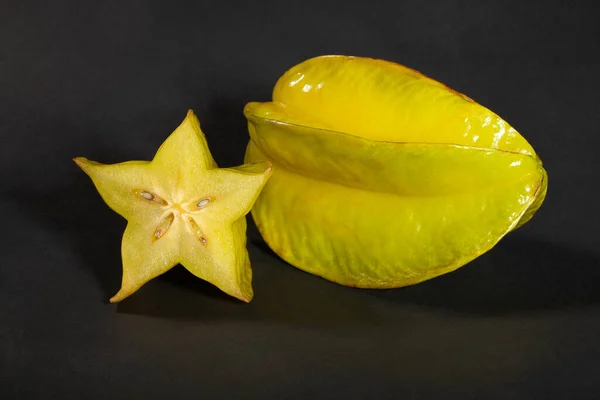
Cut a starfruit crosswise and you’ll see exactly how it got its name. Crisp and mildly tart, its flavor is somewhere between green apple and citrus.
Grown in the Philippines and Malaysia, it’s typically eaten fresh or dipped in salt for a tangy contrast.
Pomelo

Pomelo is the heavyweight of the citrus family. Its thick rind hides large, juicy segments that are less acidic than grapefruit.
It’s often included in fruit baskets and temple offerings in Vietnam and southern China, often peeled and served with a bit of chili salt.
Custard Apple
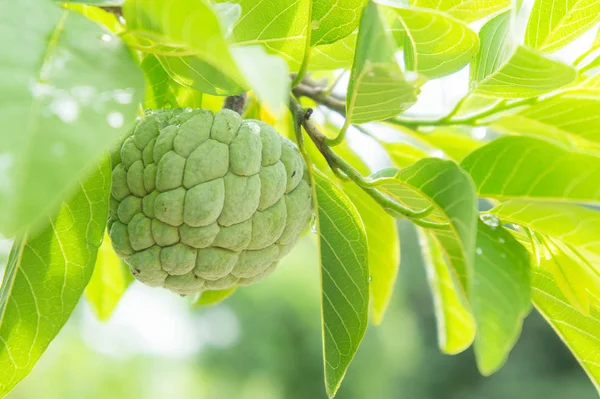
Known for its lumpy green skin and creamy interior, the custard apple is sweet, soft, and filled with seeds. The texture is close to pudding, making it ideal for desserts or smoothies.
It’s especially popular in India and the Philippines, where it’s eaten chilled to beat the heat.
Like Travel Pug’s content? Follow us on MSN.
Sapodilla
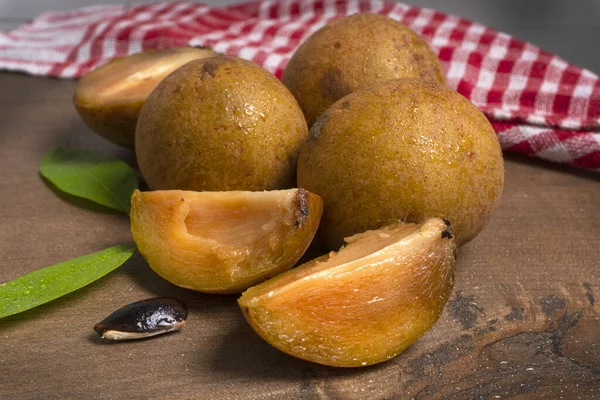
Sapodilla looks unassuming but tastes like brown sugar in fruit form. Its soft, grainy flesh is incredibly sweet and melts in your mouth.
You’ll find it in markets across Thailand and the Philippines, often blended into shakes or sliced up as a street snack.
Rose Apple
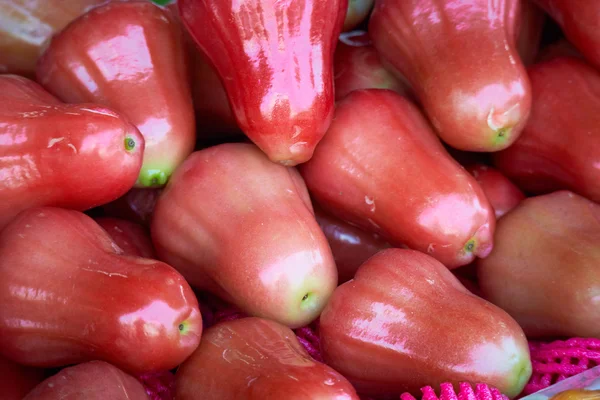
Rose apples are bell-shaped and light, with a crisp bite and a hint of floral flavor. The taste is subtle—refreshing without being overpowering.
Common in Malaysia and southern India, they’re often eaten raw or tossed with chili and salt for extra zing.
Guava
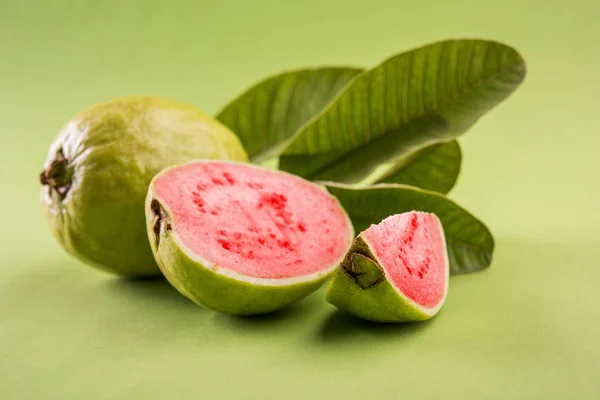
Guava comes in all shapes and sizes, with skin ranging from green to yellow and flesh that can be white or hot pink. It’s mildly sweet with a gritty texture, and usually eaten with salt or chili powder.
Found everywhere in Asia, guava juice is also a common refreshment.
Like Travel Pug’s content? Follow us on MSN.
Santol

Santol has a thick skin and soft, white pulp that clings to large seeds. The taste starts sour but mellows into a gentle sweetness.
In the Philippines and parts of Thailand, it’s eaten raw or mixed with shrimp paste for a tangy, savory snack.
The Taste of Travel You Didn’t Expect
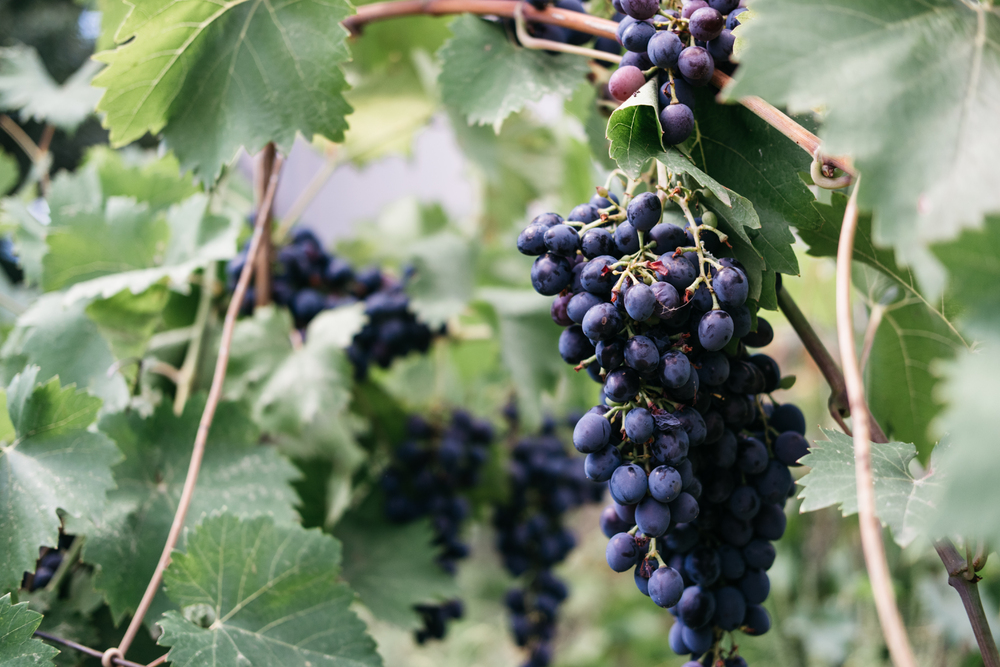
Trying tropical fruits in Asia isn’t just about checking things off a list—it’s a way to experience the region up close. Each fruit tells you something about the soil, the season, and the people who grow and sell it. Long before these fruits made it into juices or global recipes, they were enjoyed fresh, shared in homes, and passed between friends at local stalls.
Tasting them where they’re grown connects you to that rhythm—and adds a juicy, memorable layer to your trip.
More from Travel Pug

- 20 Best Beach Towns in the Carolinas
- 13 Destinations Where Tourists Regularly Regret Their Trip
- 20 Things You Actually Get in First Class
- 20 Small Airports With Aviation Museums
- 20 Places in the U.S. That Are Perfect for a Reset Trip
Like Travel Pug’s content? Follow us on MSN.
